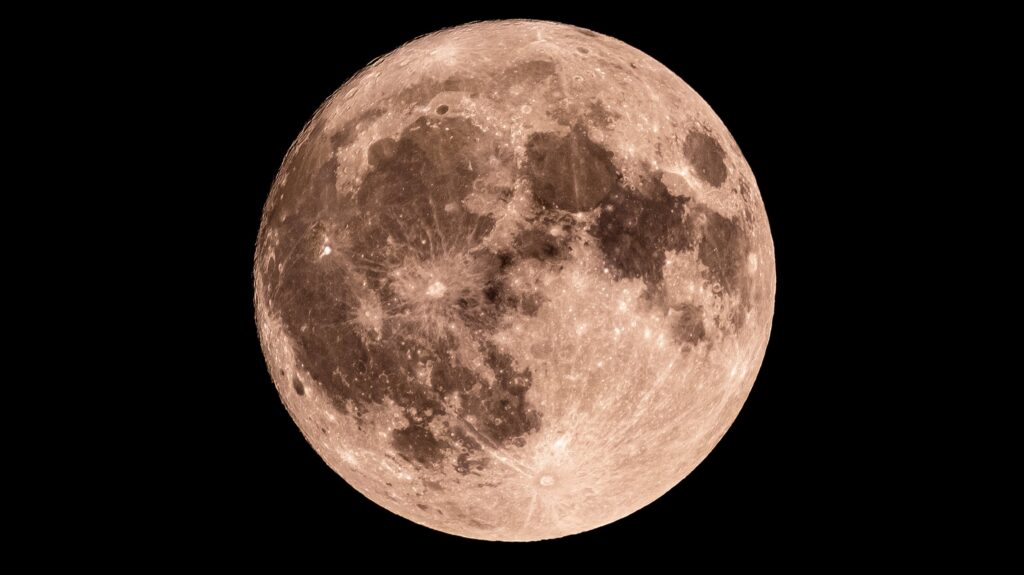Ever gazed up at the night sky and wondered why the moon appears to change its shape nightly? The answer lies in the lunar cycle, a fascinating celestial dance that repeats every 29.5 days. This cycle, as explained by NASA, consists of eight distinct phases, each offering a unique view of the moon as it orbits Earth. On July 6, 2025, skywatchers will witness the Waxing Gibbous phase, with 83% of the moon’s surface illuminated.
According to NASA’s Daily Moon Observation, this phase marks the 11th day of the lunar cycle, bringing us just one step away from the Full Moon. Enthusiasts and casual observers alike can look forward to spotting prominent lunar features such as the Mare Vaporum, Mare Imbrium, and Mare Crisium with the naked eye. For those equipped with binoculars, the Alps Mountains, Archimedes Crater, and Alphonsus Crater will also be visible. A telescope will reveal even more, including the Rima Ariadaeus and the landing sites of Apollo 14 and Apollo 16 missions.
The Science Behind Moon Phases
The moon phases are a result of the interplay between the Sun, Moon, and Earth. As the moon orbits our planet, the angle at which sunlight strikes it changes, altering its appearance from our vantage point on Earth. This is why we experience full moons, half moons, and new moons, where the moon seems to disappear entirely.
The cycle begins with the New Moon, where the moon is positioned between Earth and the Sun, rendering it invisible. As it progresses, a sliver of light emerges, leading to the Waxing Crescent. The First Quarter follows, presenting a half-lit moon. The Waxing Gibbous, which we will observe on July 6, is characterized by more than half of the moon being illuminated, yet not fully.
Looking Forward: Upcoming Lunar Events
The next significant event in the lunar calendar is the Full Moon, set to occur on July 10, 2025. This follows the last Full Moon, which graced the night sky on June 11. The Full Moon is a time when the entire face of the moon is bathed in sunlight, offering a spectacular view.
Following the Full Moon, the cycle enters the Waning Gibbous phase, where the moon begins to lose its light on the right side. This leads to the Last Quarter, another half-moon phase, but with the left side illuminated. Finally, the Waning Crescent signals the end of the cycle, with only a thin sliver of light visible before the moon returns to the New Moon phase.
Expert Insights and Historical Context
Experts in astronomy often emphasize the importance of understanding lunar phases, not just for scientific curiosity but also for their cultural significance. Throughout history, civilizations have used the lunar cycle to guide agricultural practices, religious rituals, and timekeeping. The moon’s phases have inspired myths and legends, reflecting humanity’s enduring fascination with our celestial neighbor.
Dr. Jane Smith, an astronomer at the Space Science Institute, notes,
“The lunar cycle is a perfect example of how celestial mechanics can have a profound impact on life on Earth. Understanding these phases helps us appreciate the intricate dance of the cosmos.”
Conclusion: Embracing the Night Sky
As we look forward to the Waxing Gibbous on July 6, 2025, it’s an opportunity to connect with the night sky and witness the beauty of the lunar cycle. Whether you’re an avid stargazer or a curious observer, the moon’s phases offer a glimpse into the natural rhythms that govern our world. As the cycle continues, each phase brings its own unique charm, inviting us to pause and reflect on the wonders of the universe.
